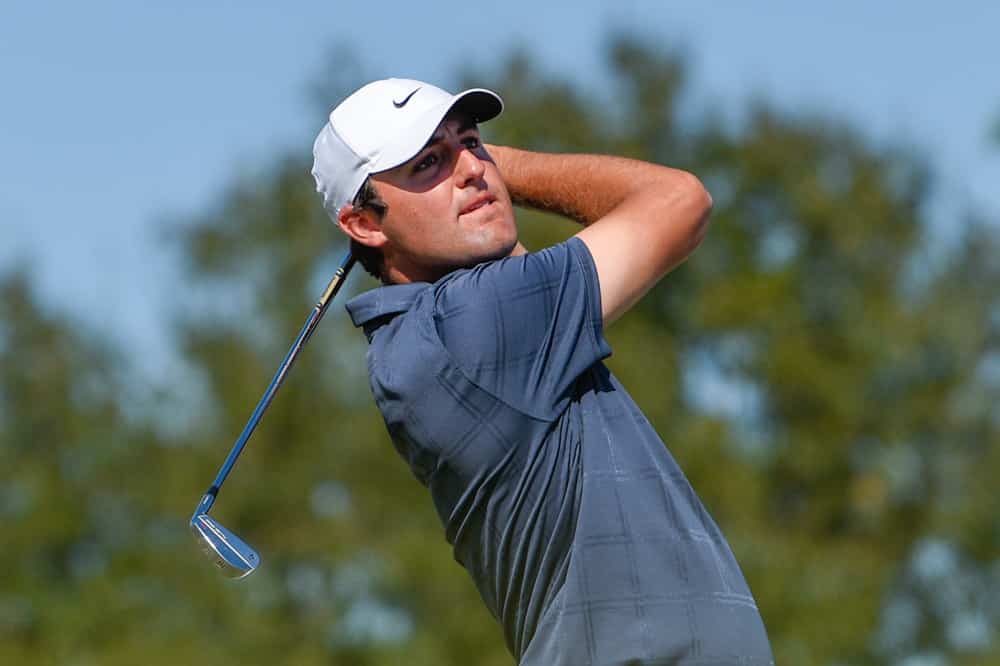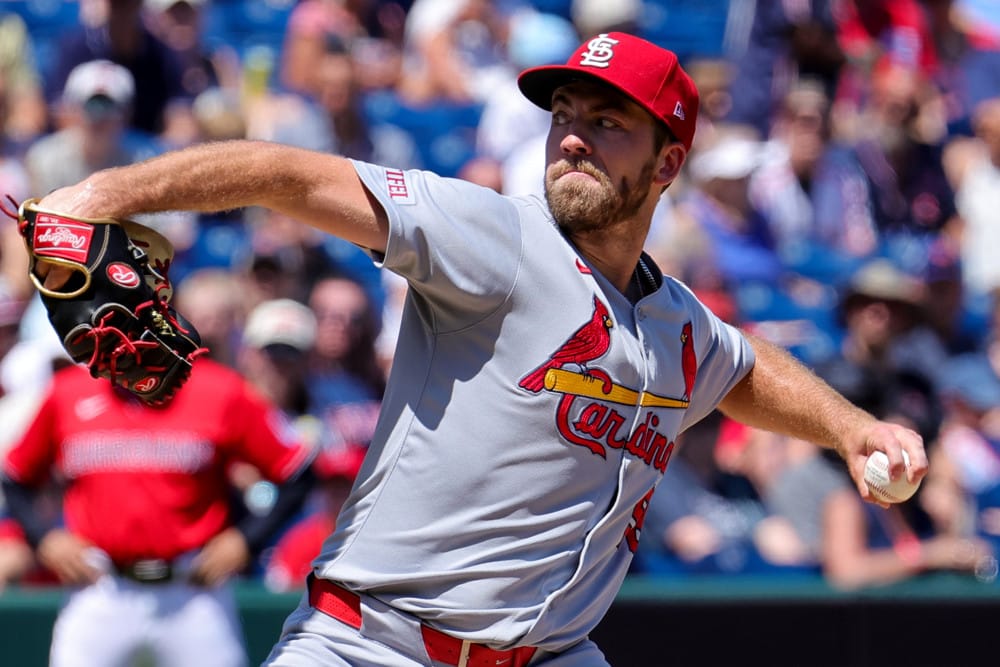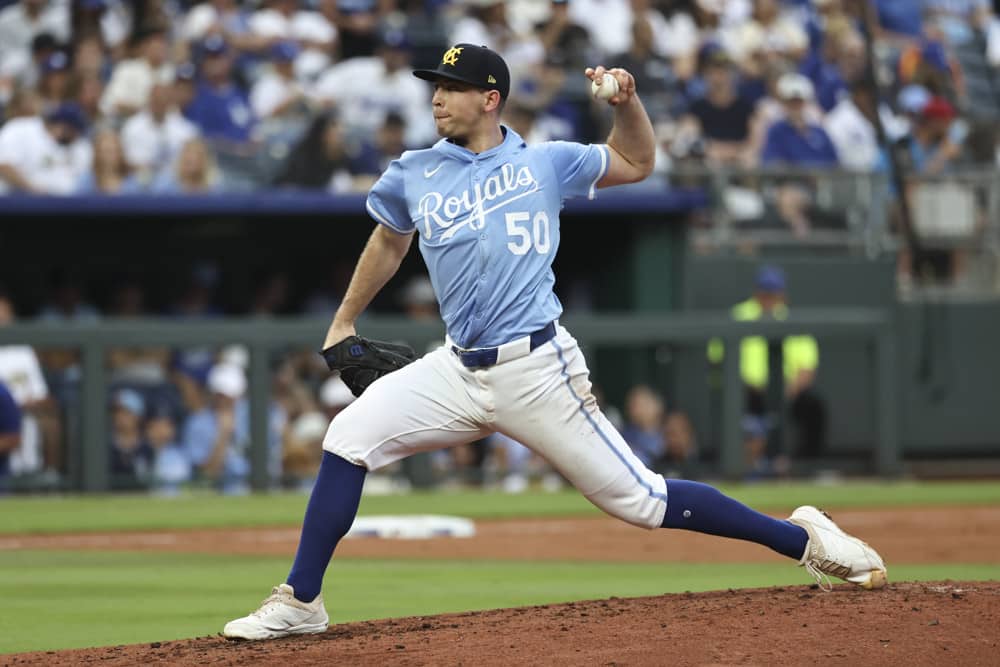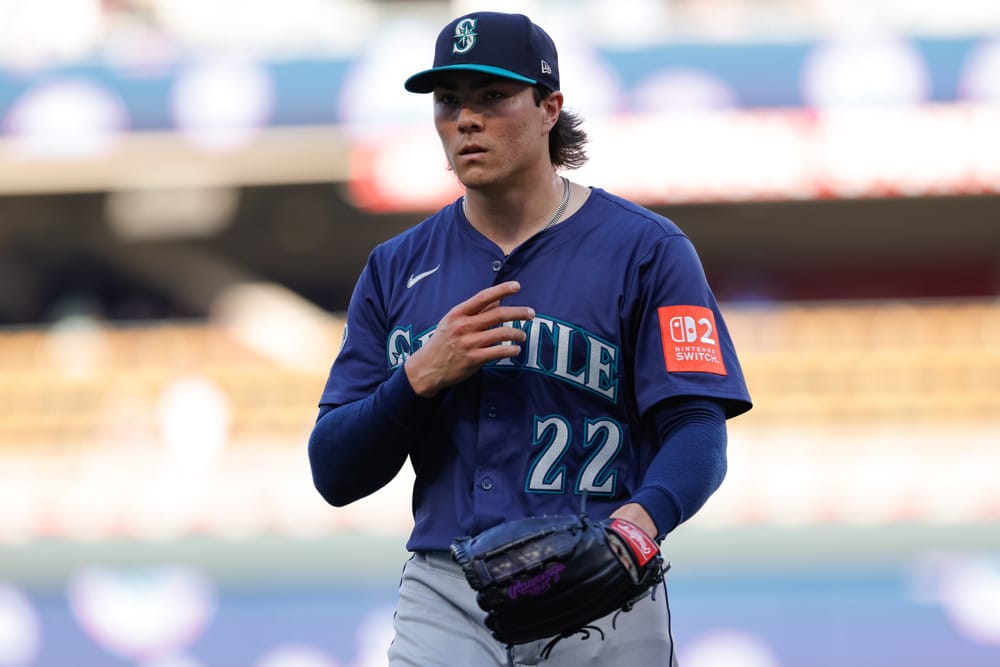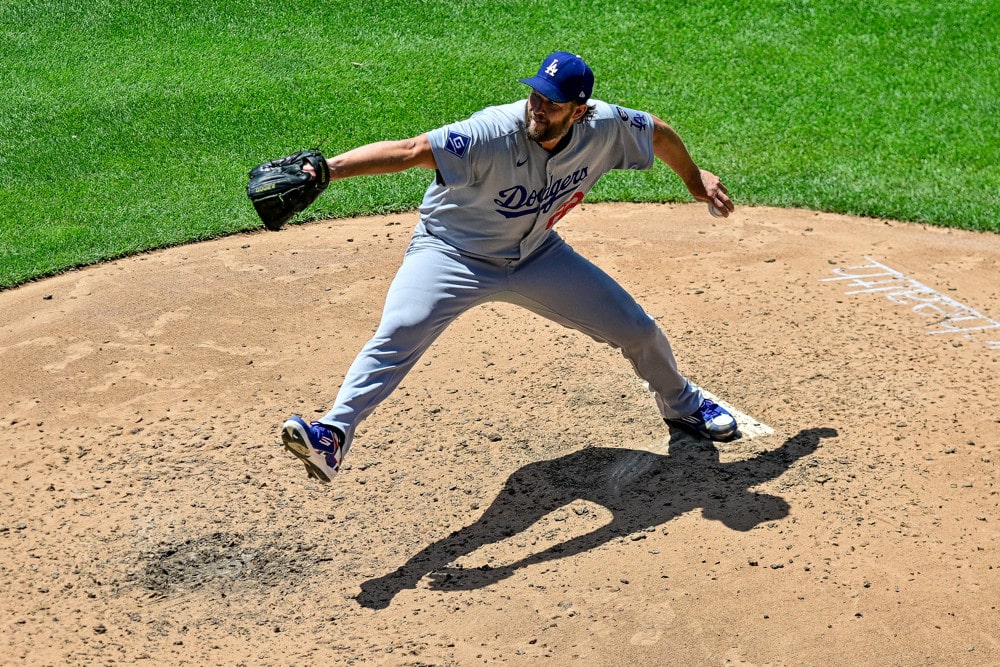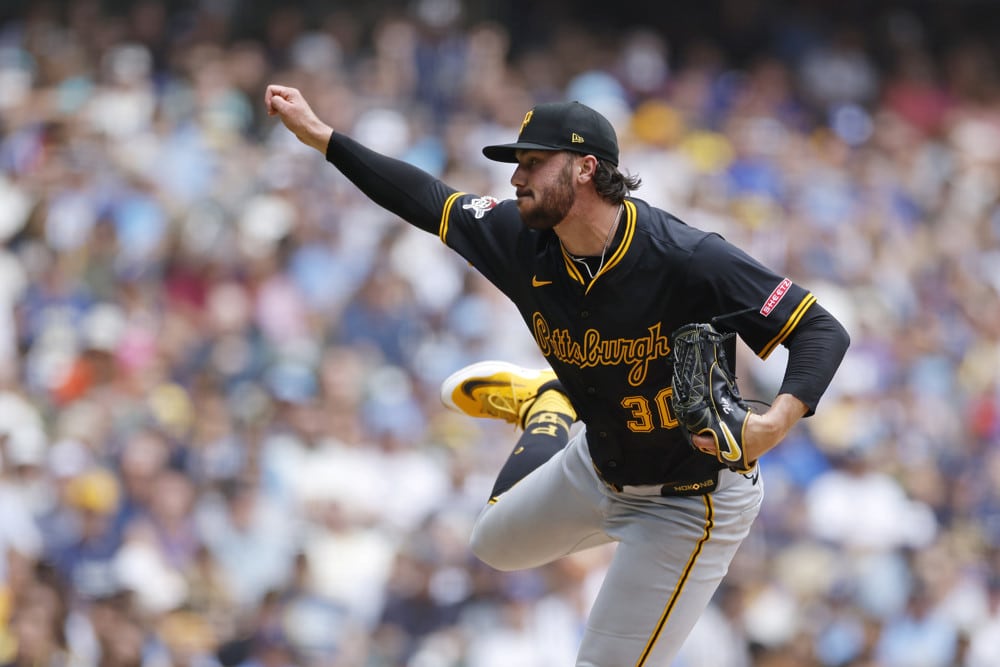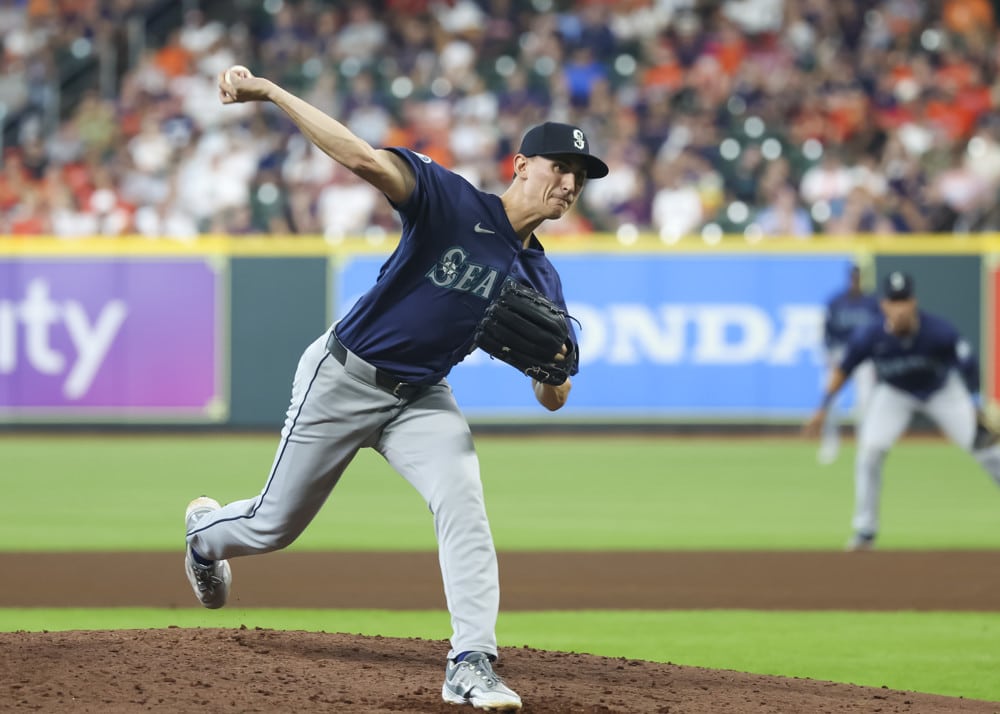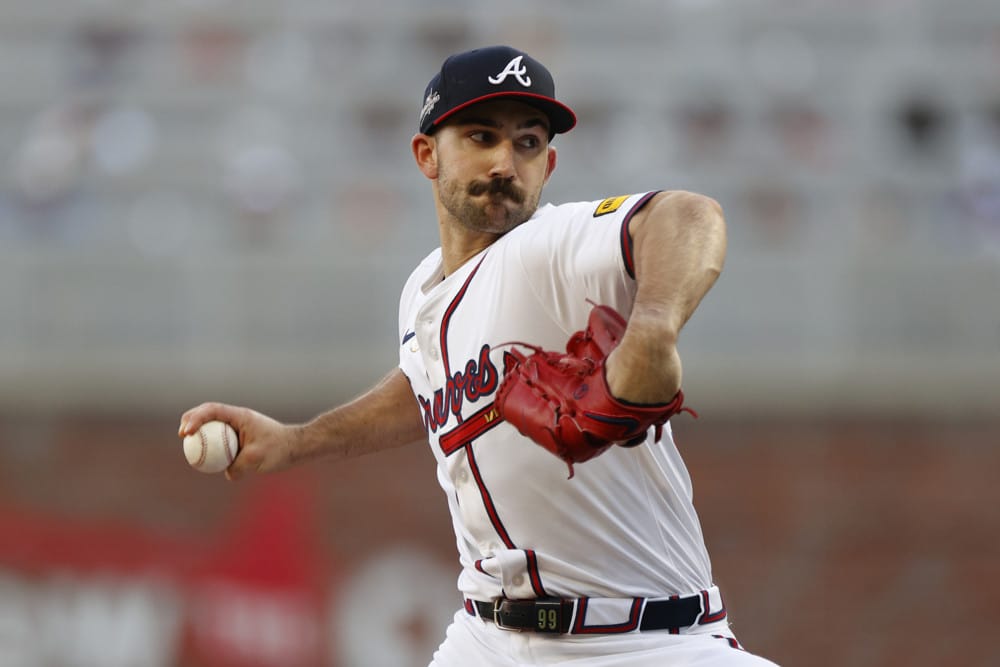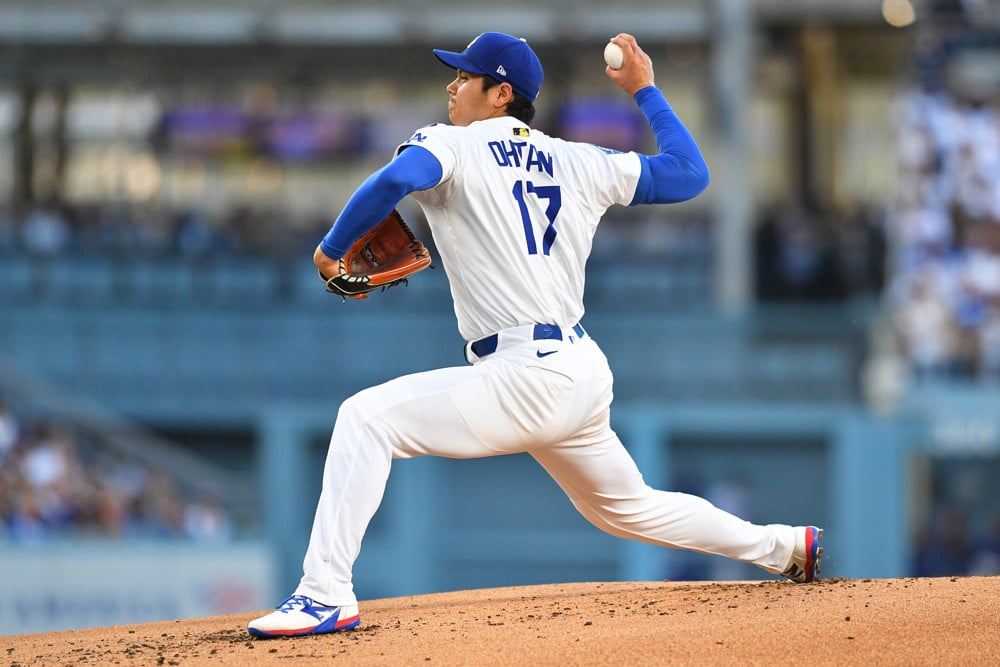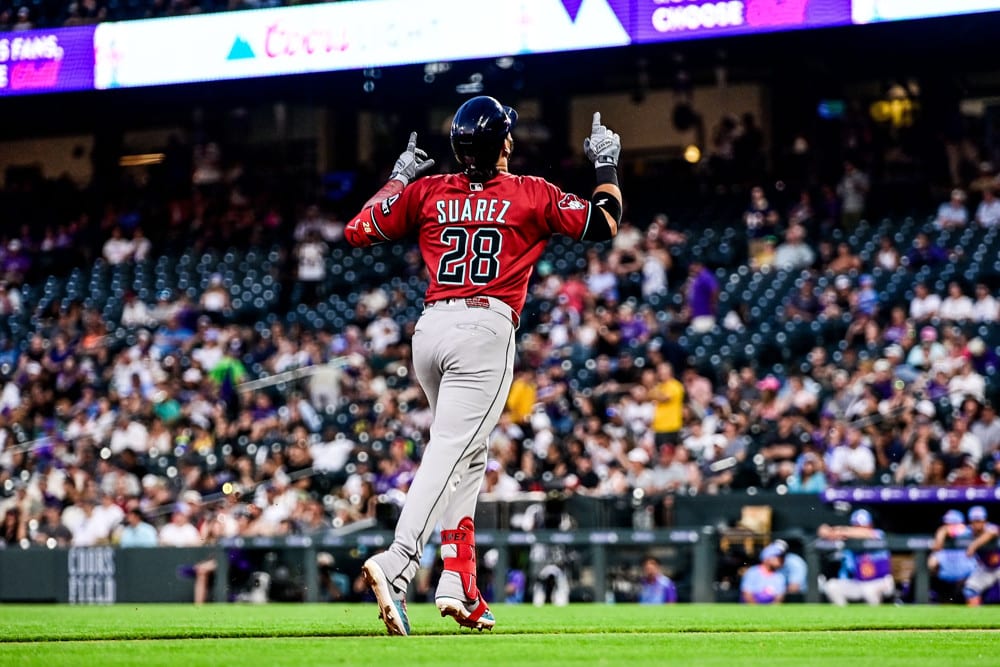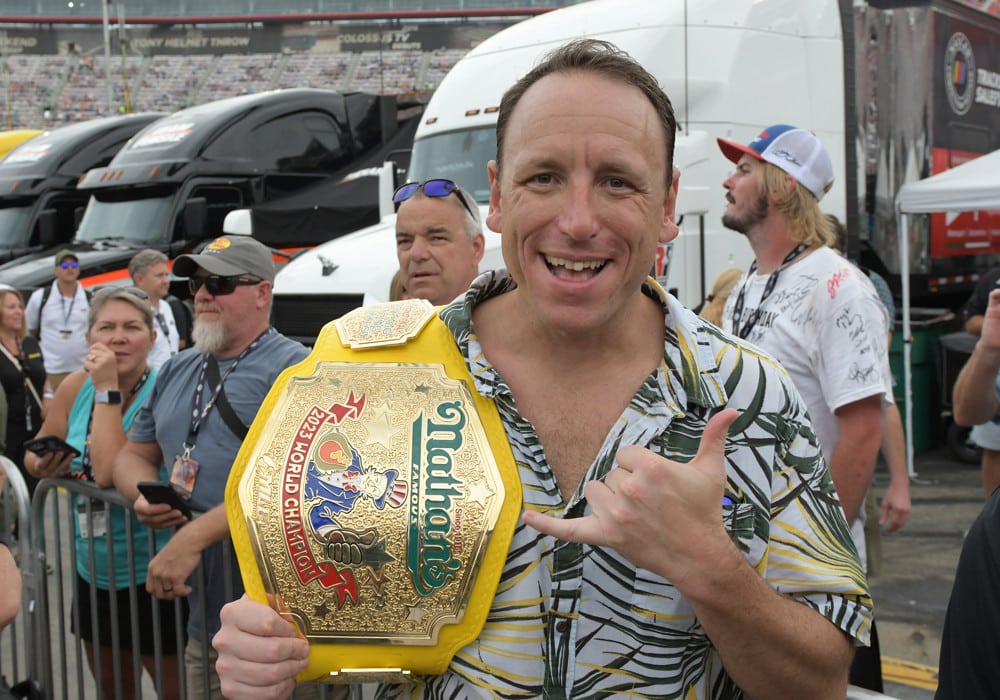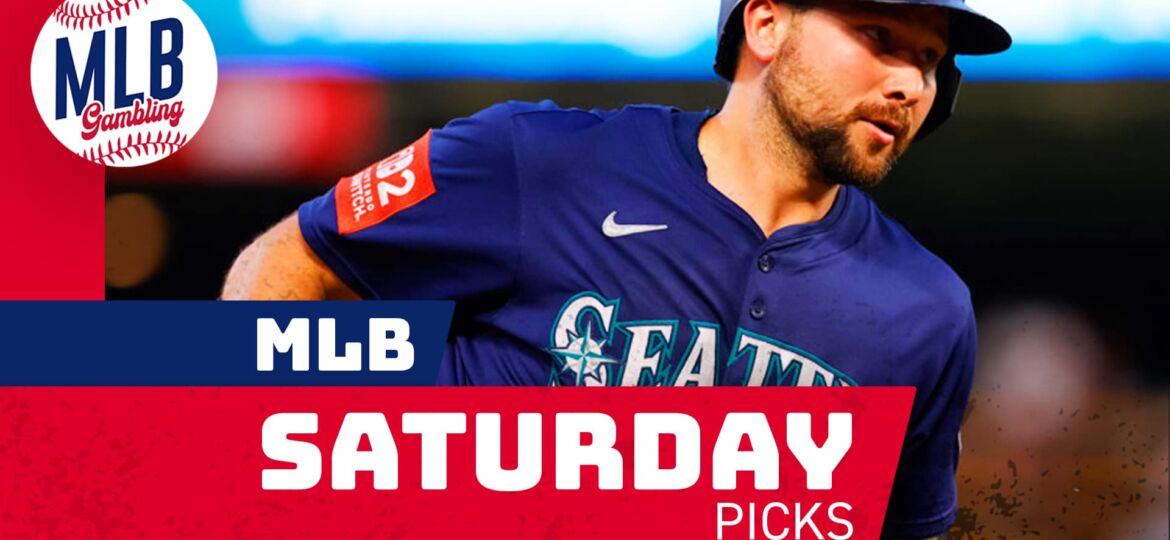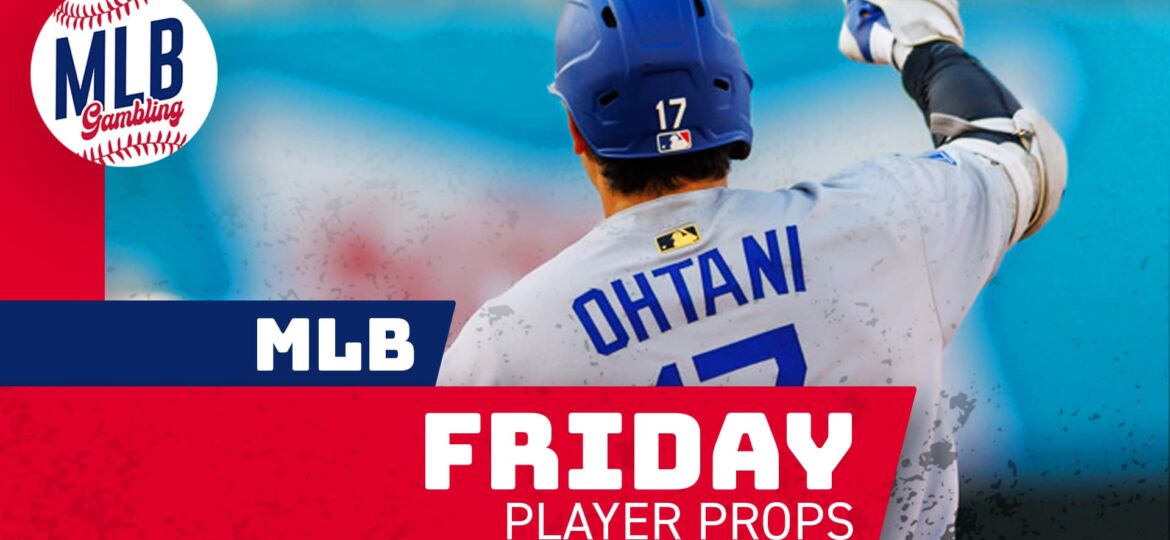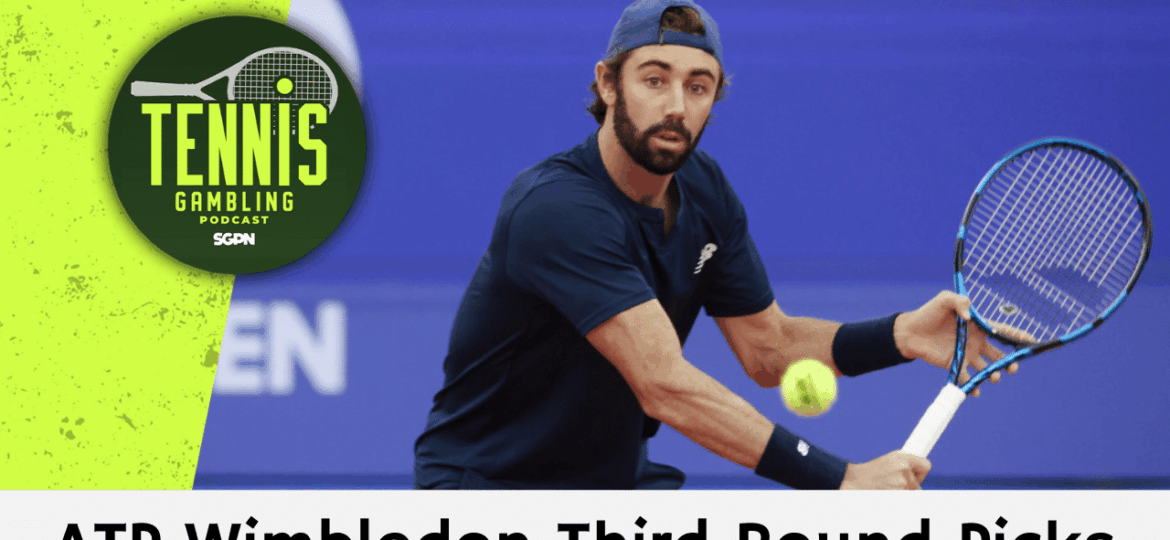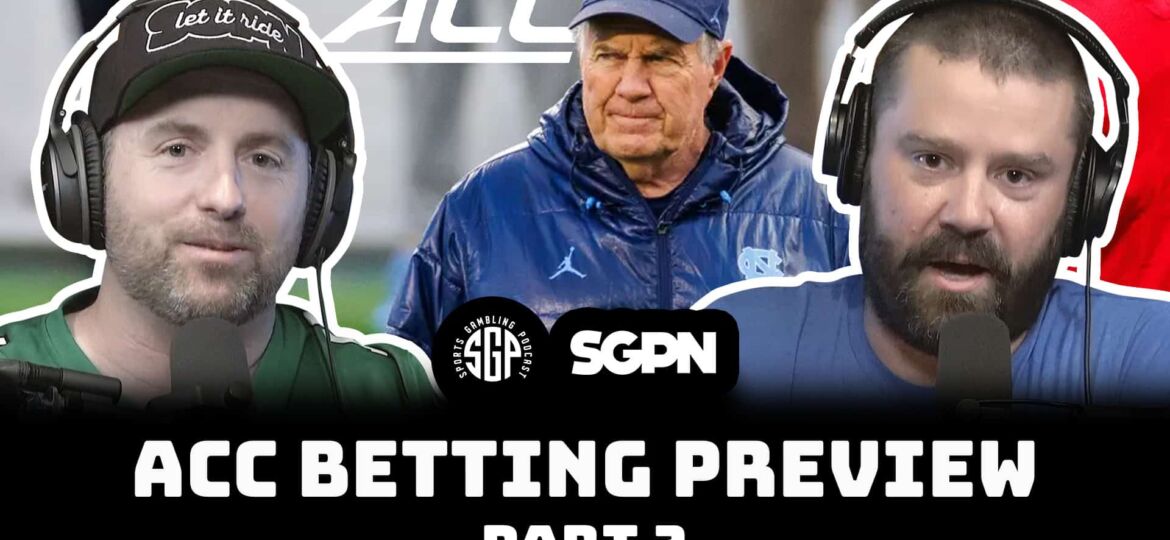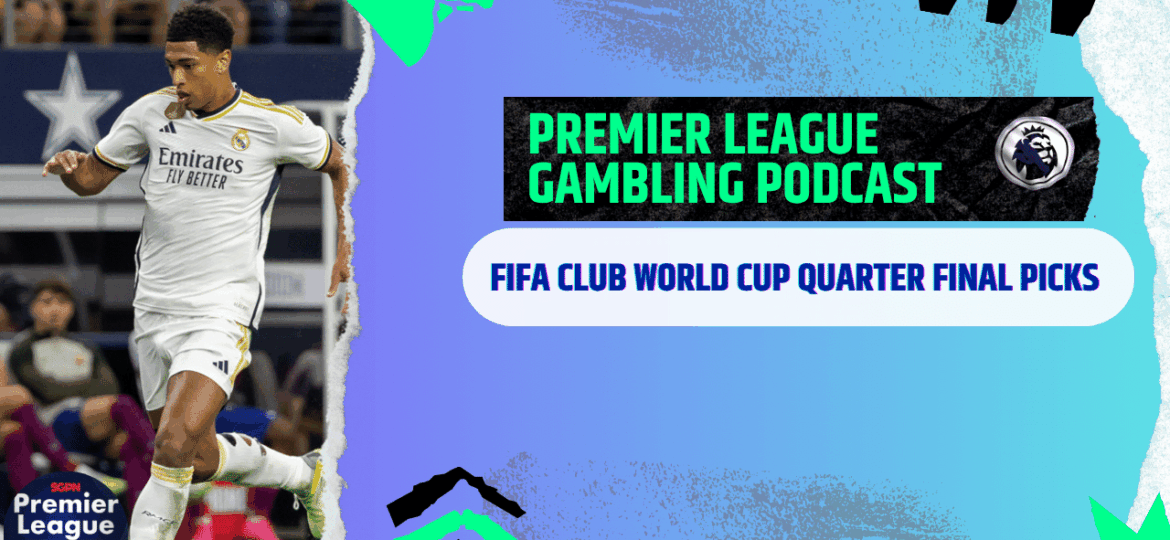Golf fans can enjoy one final Fall tournament before the PGA Tour goes on hiatus. The Fall swing ends at the Sea Island resort for the RSM Classic. As always, here is your early deep-dive of the RSM Classic and a preview of how to bet.
RSM Classic Preview – The Field
Highlighting the field is RSM Classic mainstay Webb Simpson. Simpson has dominated shorter bermuda tracks throughout his career, and this event is no exception. He has a pair of runner up finishes, a 3rd place finish and another Top 10 at the RSM Classic. However, he’s still searching to a maiden victory at the golf course. Against a weak field, he’s in a great spot to finally get over the hump.
Another notable in the field is Scottie Scheffler. Once again, Scheffler found himself in the mix on Sunday to capture his first PGA Tour victory. But once again, he came up short. The pressure to finally get off the schneid will only increase with every passing tournament he doesn’t win. But it’s not a question if, but when, he’ll finally get it done.
Other notables in the field include Harris English, Joaquin Niemann, Louis Oosthuizen, Justin Rose, Adam Scott and Cameron Smith.
For the full field, click here.
RSM Classic Preview – The Golf Course
Two golf courses host the RSM Classic. Players will play their first two rounds on both the Seaside Course and the Plantation Course. After the cut, the rest of the tournament is played on the Seaside Course. The PGA Tour only maintains ShotLink data on the Seaside Course, the tougher of the two.
The Sea Island Golf Club and Resort was first developed in 1926 after Sea Island Company founder, Howard Coffin, purchased a former cotton plantation on Sea Island. Coffin loved the game of golf, and he brought in famed Australian amateur golfer and architect Walter Travis. Travis was a three time U.S. Amateur Tournament winner, and after his playing days he developed several private country clubs around the country. Travis employed classic Scottish Links styles to his golf courses, and is most famous for small “chocolate drop” mounds in the fairways and small, elevated greens.
However, midway through the design of the first nine holes of the Plantation Course, Travis died unexpectedly. Not to be deterred, Coffin brought in another famous architect, Harry S. Colt (of Royal Portrush and Royal Liverpool fame), to finish Travis’s vision and complete the nine hole Plantation and the nine hole Seaside. Several other nine hole tracks were created in the decades that followed. This included the Retreat and the Marshside.
In 1977, Davis Love Jr. moved to Sea Island to become the head golf pro at the Sea Island Golf Club and Resort, bringing along his son – Davis Love III. The Love family grew up there and Love III career flourished. From his success, Love III was able to invest valuable resources in to the club to make it a top notch performance center, and he wielded significant influence on the resort. Sea Island is truly Davis Love III’s valhalla.
In 2006, Sea Island began hosting a regular stop on the PGA Tour in the fall, first named as the McGladrey Classic and now known as the RSM Classic in its current incarnation.
The Seaside Course
In 1999, the Sea Island Company and Davis Love III tasked Tom Fazio to redesign the Seaside Course and the Marshside Course and merry the two nine hole tracks. Fazio did just that and gave facelift to both golf courses, including renovating the bunkers into a classic clamshell bunkers, shrinking the greens and adding exposed sand dunes off the fairways.
The front nine is the old Marshside Course and plays, appropriately enough, around the edges of a huge marsh. The back nine is the old Seaside Course next to the bay. This golf course is not an easy one for most amateurs. Trouble lurks for the high handicapper everwhere on the golf course, with marshes, water hazards, and large sandy waste areas ready to eat up errant shots. Wind is a big factor on the golf course. This creates some challenging cross winds on a few holes.
The greens on the Seaside Course are fairly large. They average about 7,200 sq. feet in area. That’s a very generous target for players to hit into. However, many greens funnel errant shots into collection areas off of tight bermuda lies. It’s almost easier for amateurs to miss the greens by a mile. It gives them a better chance of chipping off in the rough where the ball might be sitting up and on flatter surfaces.
Fazio did an good job redesigning the two nines to create today’s Seaside Golf Course. No hole feels repetitive and he does a great job transitioning one hole to the other with different angles and looks tee-to-green. Bunkers are also well placed strategically and forces players to think their way around the golf course. In addition, there is a great mix of holes with high greens and low surrounds, and low greens with high surrounds, meaning players will get a great variety of approach shots and different ways they can try and scramble for par.
As mentioned previously, players will play three of their four rounds on the Seaside Course.
The Plantation Course
The Plantation Course reopened in October 2019 after a complete facelift. It has undergone a full redesign by Davis Love III’s golf design company to bring the Plantation Course back to the roots of Walter Travis’s original layout.
This wasn’t just a simple redesign with a few new bunkers and lengthened holes. This was a complete transformation of the golf course. Almost every hole was tinkered with. Many holes saw their fairway bunkers reduced in size but more rectangularly shaped, similar to that of classic Scottish Links design. The greens were entirely rebuilt and are more geometrically shaped than before. Other hallmark Travis features such as the chocolate drop mounds are presented across the golf course. There’s also a principles nosed bunker complex in the middle of the 10th fairway.
This is an entirely new golf course, and there have not been many reviews of it out there. But from what I see, Love’s design company did a good job with the redesign of the Plantation Course. It’s a creative track that has many of the basic principles and quirks of classic Scottish Links golf. From the overhead view, the golf course requires a great mix of thoughtfulness and creativity.
RSM Classic Preview – Betting Strategies
There are no strokes gained stats maintained for the Plantation Course. However, it hosts only one round. It has an immaterial effect on the tournament. In addition, many of the same principles of the Seaside Course now apply to the Plantation Course after the redesign. Therefore, much of the focus for betting strategies this week revolves around the Seaside Course.
While the Seaside Course can present challenges to amateurs, the professionals tear the place apart. Fairways are really wide, often averaging 42 yards in width. While errant tee shots can result in a lost ball into the marshes, that’s a very generous landing area for the professionals to hit into. And as mentioned earlier, the greens are pretty big. That’s why both the driving accuracy and green in regulation rates on the Seaside Course are higher than the PGA Tour average. In 2020, the field hit the fairway on 75.5% of drives. They went on to hit the green in regulation 76.3% of the time. High rates of fairways and greens hit is a perfect recipe for a winning score to approach -20.
The golf course is also very short. While officially measuring 7,005 yards, professionals can shorten the golf course up by taking shortcuts off the tee. Per DataGolf, the Seaside Course played about 6,850 yards, or about 150 yards shorter than the scorecard yardage. As such, the RSM Classic is a test of who can excel at their mid and short irons:
Players hit approach shots less than 175 yards into greens at a much higher rate than a PGA Tour average. And they hit much fewer shots more than 175 yards than the PGA Tour average too. That’s why this event tends to be a bit of a crapshoot. Where better players separate themselves is on bigger, more demanding tee-to-green golf courses. But when the entire field hits fairways at high rates and hit short and mid irons into large greens, parody ensues. And when that happens, tournaments can turn into a putting contest.
Overall, focus on players who hit their mid to short irons pretty well, and putt well on bermuda surfaces (however, these greens may be overseeded this time of year). That simple recipe seems to be the recipe to success at the RSM Classic. Players who tend to demonstrate accuracy off the tee also fare better here than other places.
Lastly, here are the players in the field who have gained more than a stroke per round at the Seaside Course (minimum of 10 rounds):
- Webb Simpson – +1.88
- Kevin Kisner – +1.61
- Austin Cook – +1.42
- Andrew Landry – +1.35
- Brian Gay – +1.08
- Robert Streb – +1.04
- Tom Hoge – +1.02
This list encapsulates some of the attributes to look for at the RSM. Almost all of them are shorter, more accurate players off the tee. They’re all very good with their short irons. And they tend to have good success putting on bermuda and overseeded greens. Players like these are a good preview of who will play well at the 2021 RSM Classic.


